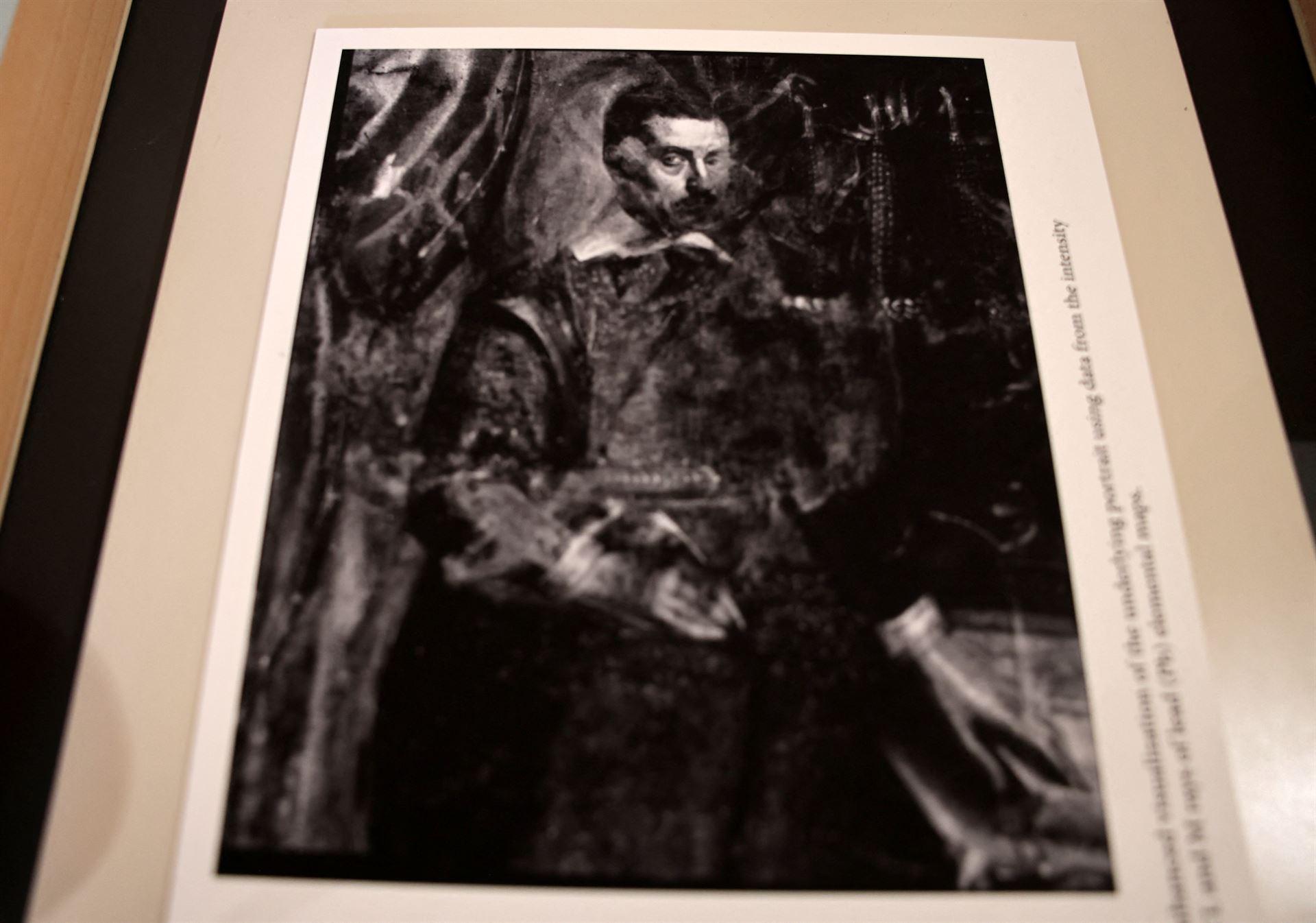
LIMASSOL, Cyprus - Researchers in Cyprus have discovered a hidden portrait that lay undetected for centuries beneath a 1570 oil painting by Renaissance master Titian, a rendering of which is now on display in the city of Limassol.
The newly discovered work shows an unidentified man with a thin moustache, quill in hand, standing next to a stack of papers or books - a prosaic image compared to the scene of Jesus Christ, bound and wearing a crown of thorns, that Titian later painted over it.
ALSO READ: Lost relics from Mogao Grottoes to be 'digitally restored'
The painting "holds a secret, and the secret is that there is, unknown until now, a painting underneath," said Professor Nikolas Bakirtzis, who leads a team at the Cyprus Institute (CyI), a non-profit educational body.
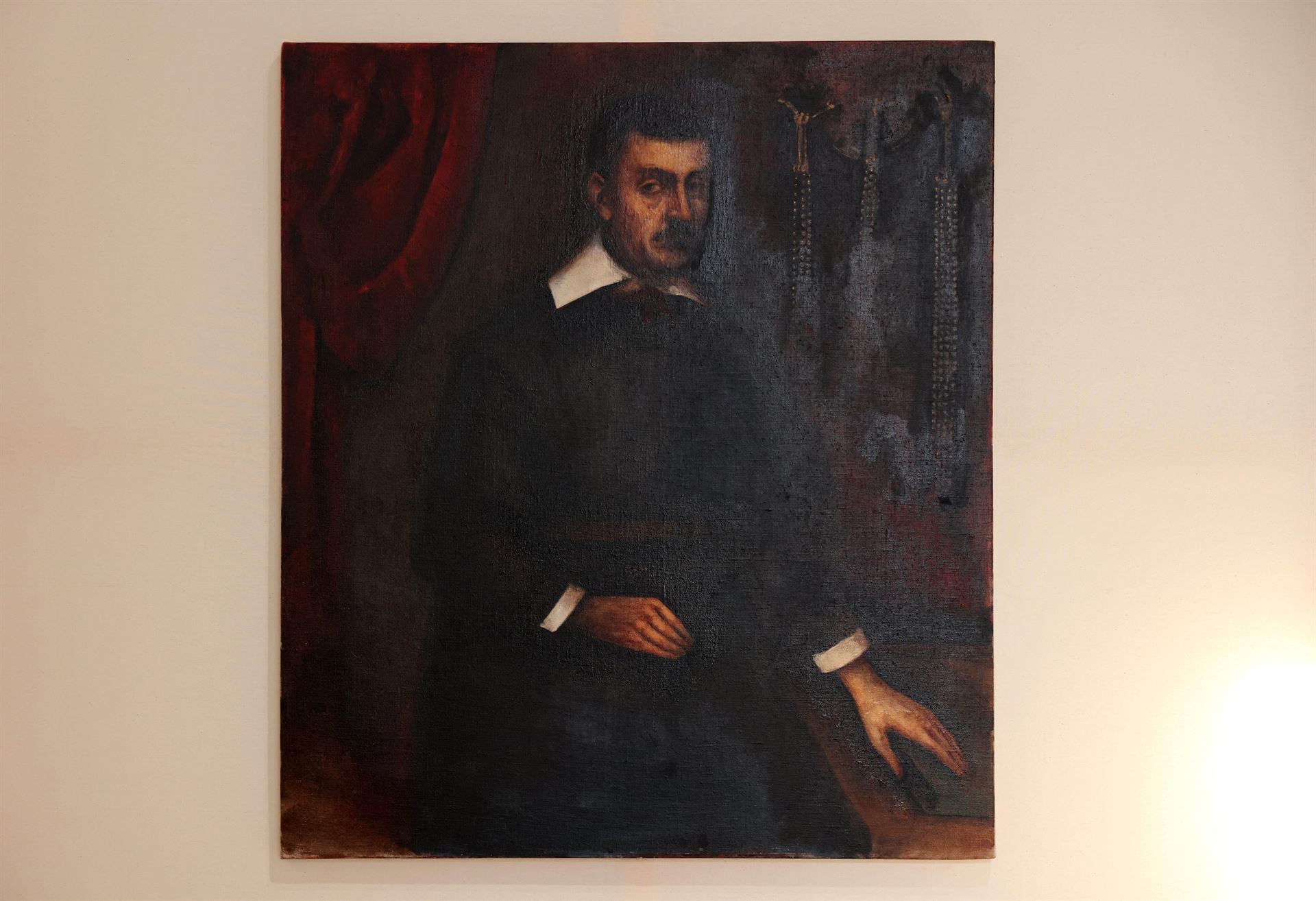
The finished artwork, called Ecce Homo - meaning "Behold, The Man" in English - shows Jesus standing next to Pontius Pilate, who presided over the last stages of Jesus' trial before he was crucified.
READ MORE: Museum's collection is quite 'Impressionist'
The painting was being prepared for conservation when researchers put it under a microscope and noticed different pigments through the craquelure, or pattern of fine cracks that form on the surface of old paintings.
"It was like uncovering a puzzle," said Bakirtzis.
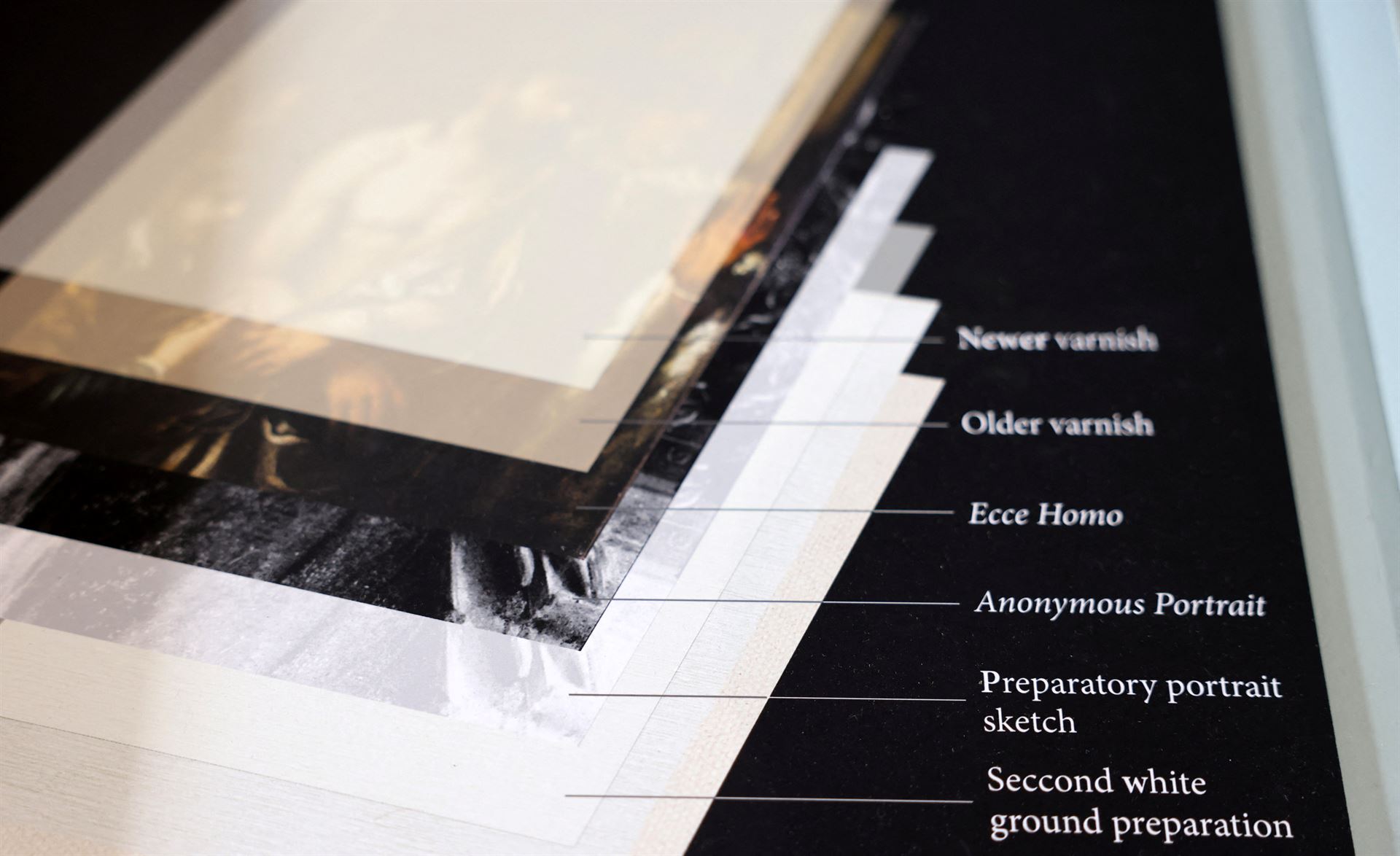
Using a combination of imaging and non-invasive analytical techniques, researchers at the Andreas Pittas Art Characterization Laboratories (APAC) at CyI pieced together the full, buried portrait.
READ MORE: Yinxu slowly reveals its secrets
Based on the X-ray visuals, experts then created an oil painting of the man.
"It is clearly the portrait of a banker, a lawyer, some professional man in his workspace," said Bakirtzis, an art and architectural historian who is the director at APAC.
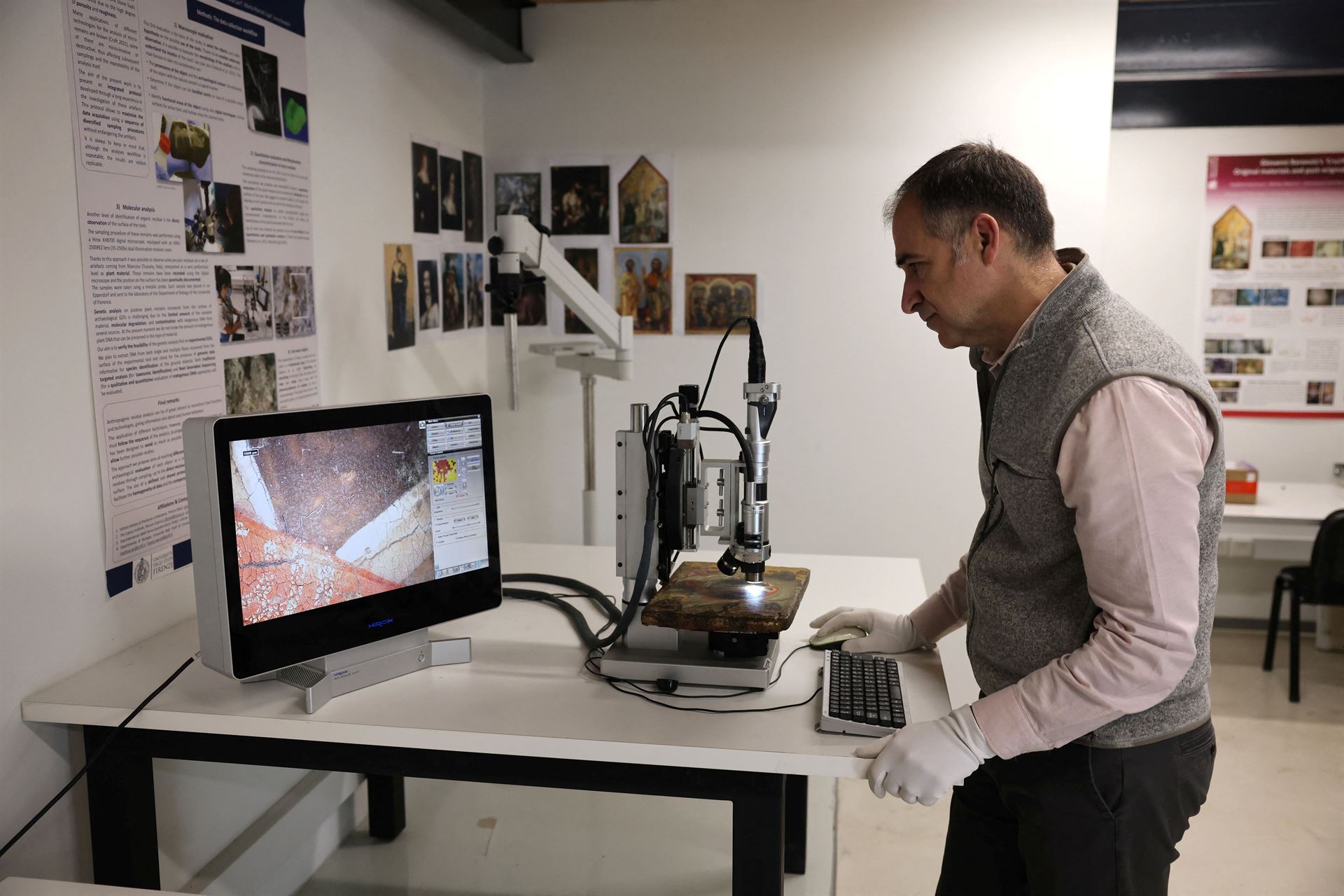
An exhibit of Titian's painting as well as a rendering of the hidden portrait opened in Limassol in late January and runs until March 10.
Born Tiziano Vecellio in 1488, Titian, together with his studio in Venice, produced hundreds of paintings until his death in 1576.
Researchers know that he re-used canvases on partially finished work. In this instance, it was a full portrait, which he turned upside down and painted over with Ecce Homo.
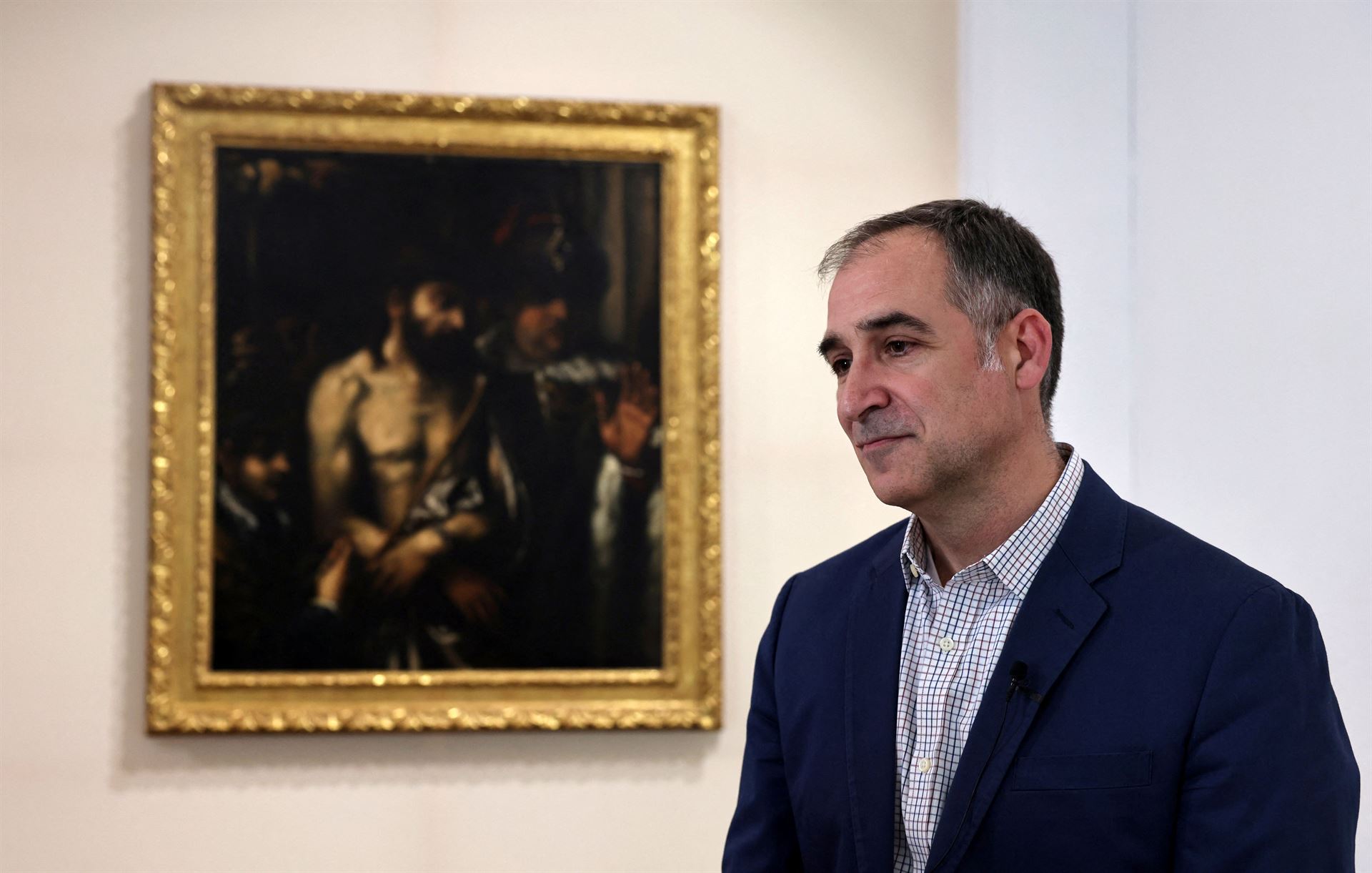
"I am not aware of any case where we can safely map the direct painting of a composition over an earlier one," Bakirtzis said.
Bakirtzis believes Titian used elements of the earlier painting for the new one, including using the man's jawline to outline the ropes tying Christ's wrists.
"This shows the hand of a confident artist. The leader, the head of the studio, Titian himself ... and this is why this Ecce Homo version is the one which preserves Titian's artistry," he said.


